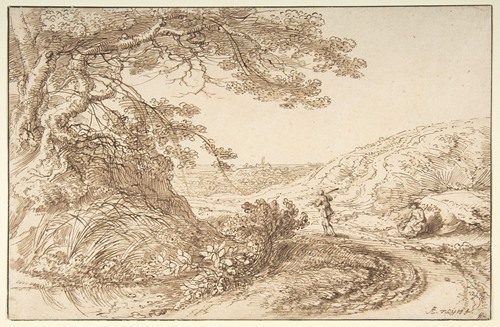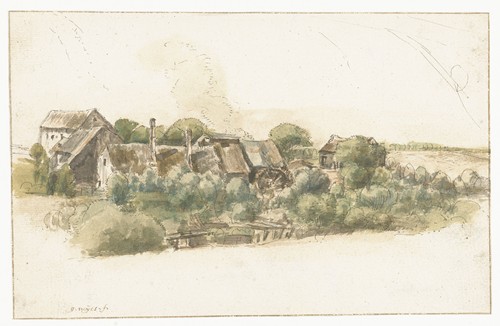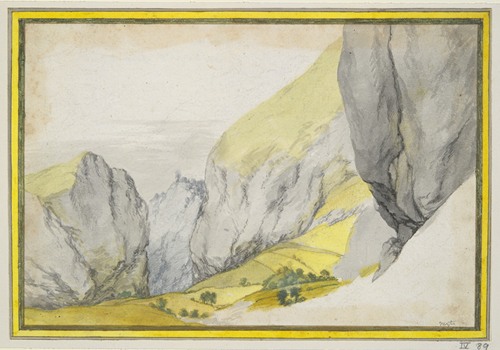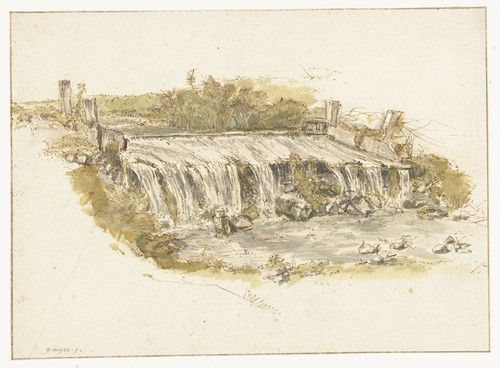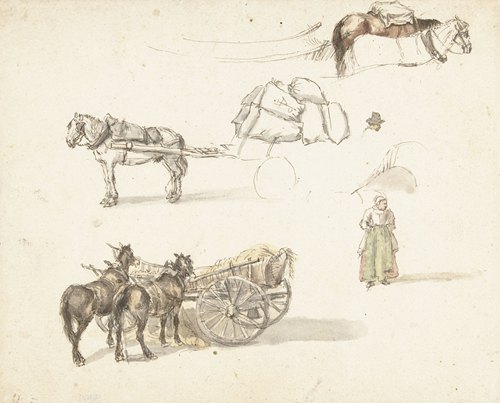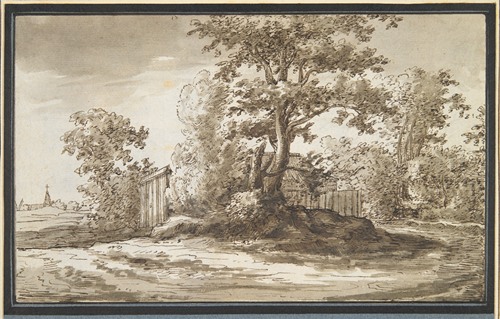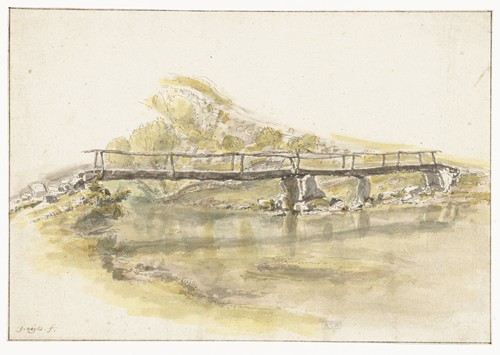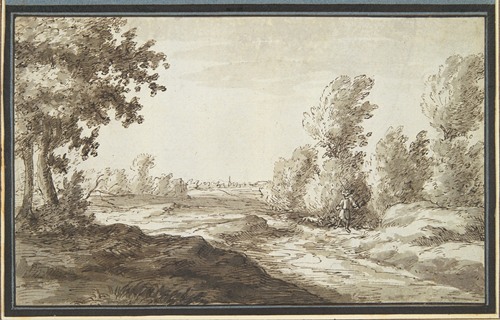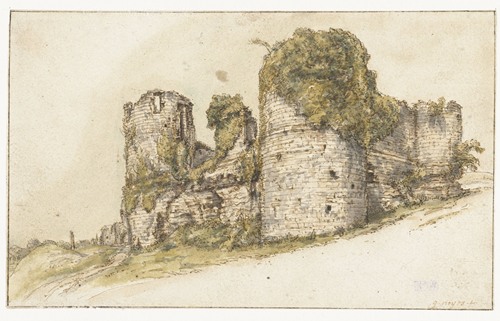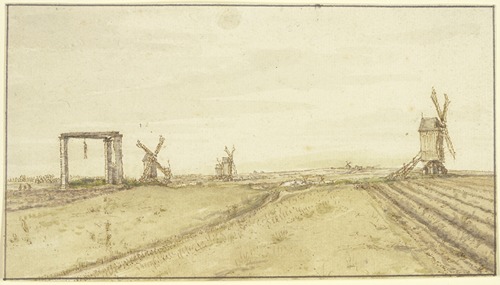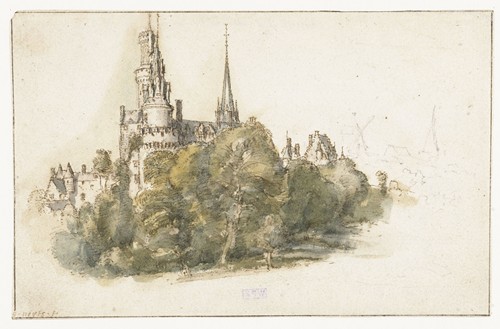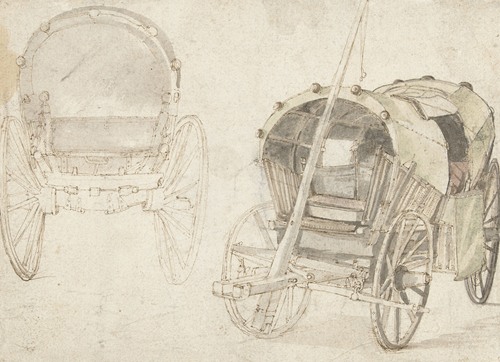
Gillis Neyts or Aegidius Neyts was a Flemish painter, draughtsman and engraver. He was a landscape artist who is now mainly known for his italianising and topographical drawings of sites throughout the Southern Netherlands. He was a less prolific painter of landscapes and also produced a number of landscape prints. He further left a great number of figure studies.
The location and date of his birth are not known with certainty. It is likely that he was born in Ghent where he was baptized on 4 May 1623. However, there is also a record in Namur dated 10 June 1665, in which he is listed as a native of Overijse. An album with drawings mentions him as a native of Lille.
It is not clear with whom he trained. Some scholars mention as a possible teacher the Antwerp painter, draftsman and printmaker Lucas van Uden since some of Neyts' landscape paintings reflect van Uden's style. However, there is no evidence for this presumed pupilage. In 1643 he was living in Antwerp where he married Clara de la Porte. The couple had two daughters and a son. In 1647 he was registered in the Guild of Saint Luke in Antwerp as a master painter and engraver. In 1650 he spent some time in Dortrecht. In the year 1653 he may have made a trip to Spain as it is known he made plans to do so.
From 1662 he is known to have been active in the Meuse valley around Namur and Huy where he made many studies of the landscapes. In 1665 he is registered as a poorter of Namur. He enjoyed the patronage of the local monasteries. He collaborated with Jacques Nicolaï who painted the figures in 18 landscapes commissioned by the Church of the convent of Croisiers in Namur. He travelled widely throughout the Meuse region and portrayed its cities, steep-banked valleys, imposing castles, ruins, rivers and luxuriant forests. He probably worked in Lille in the late 1670s. On the basis of a drawing of Antwerp, he is believed to have returned to Antwerp around 1680. He remained there until his death around 1687, the year in which the register of the Guild of Saint Luke mentions the payment of his death debt. He was buried in the Antwerp Cathedral.
